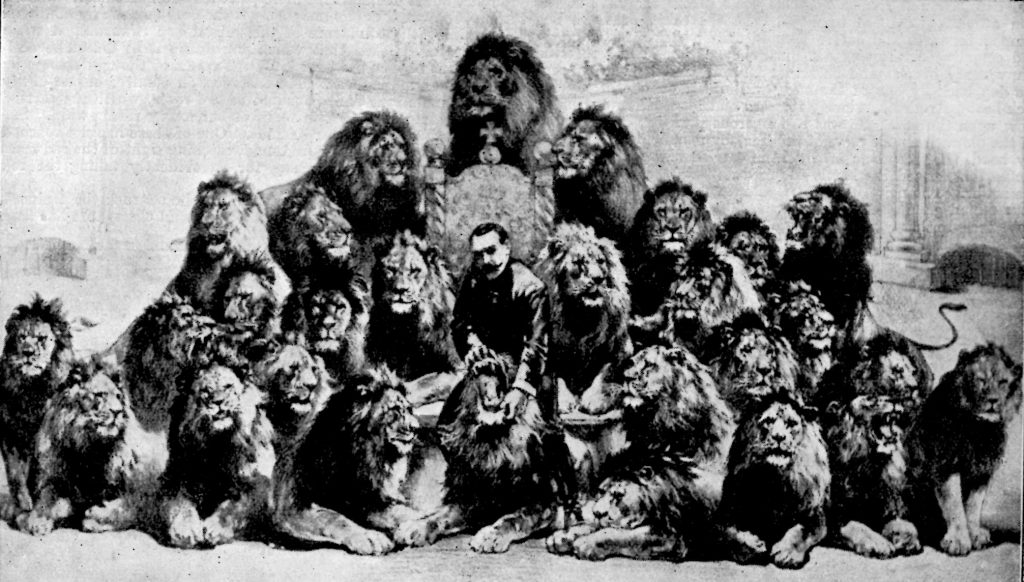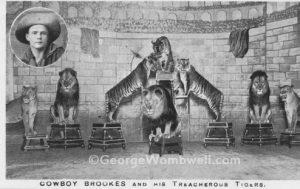
In the colorful tapestry of entertainment history, Frank Bostock’s menagerie stands out as a fascinating chapter that brought the exotic wonders of the animal kingdom to the doorsteps of audiences. Born in 1866, Frank Bostock was a showman and menagerist who created a traveling spectacle that captivated the imaginations of people across continents.
Bostock’s journey into the world of menageries began at a young age. His fascination with animals and a keen sense of showmanship led him to establish his own menagerie, showcasing a diverse collection of creatures from every corner of the globe. Bostock’s vision was not just about displaying exotic animals but creating an immersive experience that transported spectators to far-off lands.
The Travelling Menagerie: A Moving Marvel
What set Bostock apart was his mobile menagerie – a traveling caravan of wonders that brought the allure of the wild to both urban centers and rural areas. From lions and tigers to elephants and exotic birds, the menagerie featured a breathtaking array of creatures. This traveling spectacle became a cultural phenomenon, providing a taste of the exotic to audiences who might never have the chance to see such animals otherwise.
Educational and Entertaining: A Dual Purpose
Bostock’s menagerie wasn’t merely about entertainment; it also served an educational purpose. His shows often included informative talks about the habits, habitats, and characteristics of the animals on display. Bostock sought to cultivate a sense of wonder and respect for the natural world, fostering a connection between people and the creatures that shared the planet.
Royal Connections and International Success
Bostock’s menagerie gained royal approval when he presented his traveling show to King Edward VII, further solidifying its prestige. Beyond the shores of England, Bostock expanded his menagerie empire internationally. The success of his shows in the United States and Australia attested to the universal appeal of his carefully curated exhibits.
Challenges and Controversies
Running a traveling menagerie posed numerous challenges. Animal welfare concerns were raised, and Bostock faced criticism for the conditions in which the animals were kept. However, it’s important to contextualize these issues within the historical understanding of animal care during the time. Bostock, in his era, was at the forefront of popularizing and showcasing wildlife.
Legacy and Influence
Frank Bostock’s menagerie left an indelible mark on the history of entertainment. His innovative approach to combining education with spectacle laid the groundwork for future zoos and wildlife exhibitions. The legacy of Bostock’s menagerie endures in the collective memory of those who experienced the thrill of encountering exotic animals in the midst of their everyday lives.
Conclusion: A Wild Ride Through Time
In the grand tapestry of showmanship, Frank Bostock’s menagerie remains a vivid thread that weaves together the realms of entertainment, education, and wildlife appreciation. Bostock’s traveling spectacle brought the wild to the urban and rural landscapes, leaving an imprint on the cultural fabric of the times. While the methods and ethical standards of animal exhibitions have evolved, Bostock’s menagerie remains a fascinating chapter in the history of human fascination with the wonders of the animal kingdom.


 Cecil once commented:
Cecil once commented: